Kvadrat Sisu fabric by Nanna Ditzel reinterpreted by Danh Vo
Originally conceived by Nanna Ditzel in the 1960s, the Kvadrat Sisu upholstery fabric is a bold take on the designer’s iconic Hallingdal, now revisited by artist Danh Vo in 16 new colours
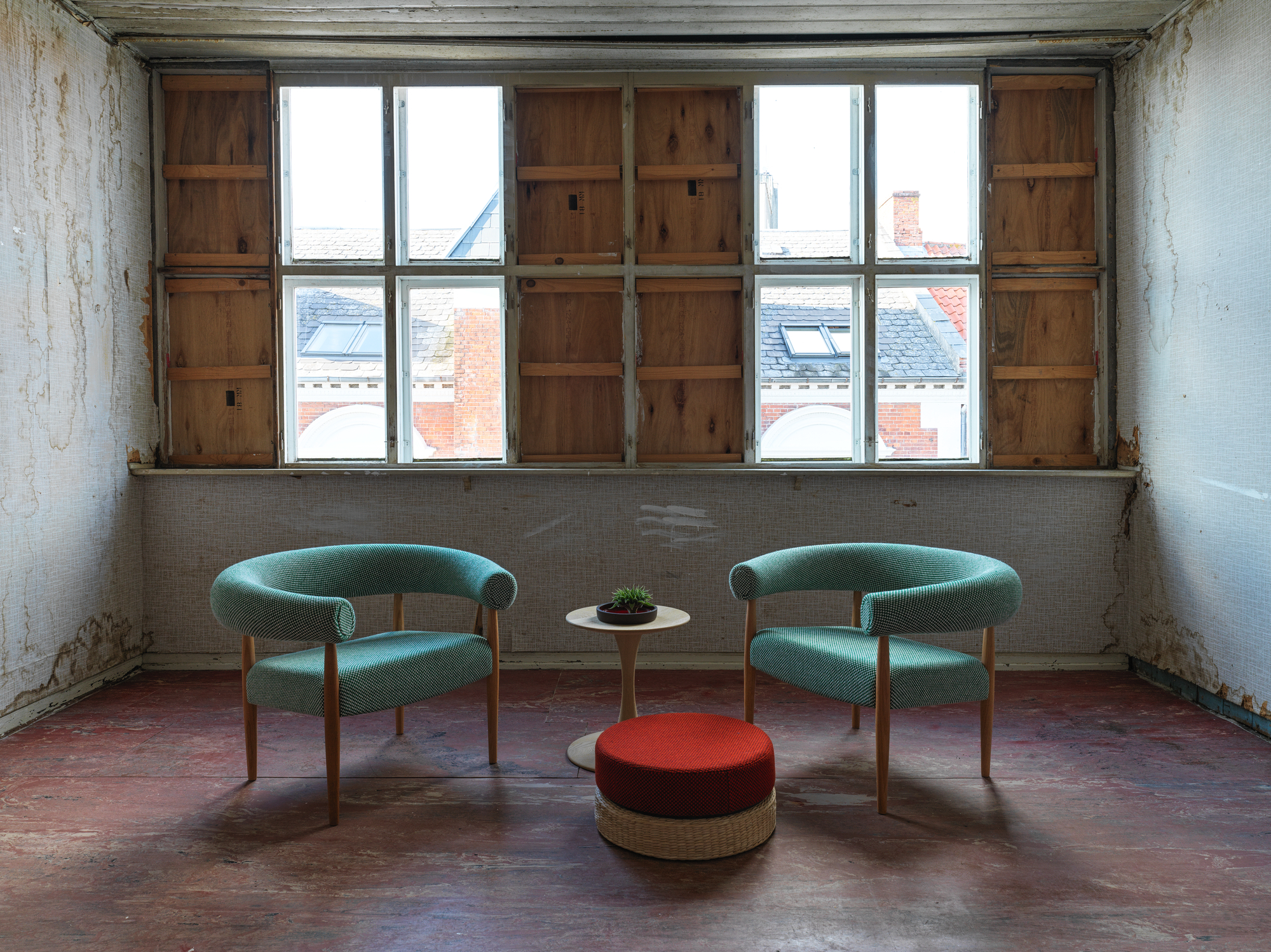
Nick Ash - Photography
Few have contributed as much to Danish heritage as the midcentury designer Nanna Ditzel, renowned for having broken traditional thinking patterns with her prolific output, which spanned from furniture and jewellery to silverware and textiles. Where the latter is concerned, Ditzel’s acclaimed Hallingdal from 1965 is revered in the textile world. The first textile to be released by leading manufacturer Kvadrat, it went on to become an archetype for many that followed.
Nanna Ditzel and Danh Vo: Kvadrat Sisu

Inspired by Ditzel, Kvadrat has embarked on a new exploration of the play between contemporary culture and timeless Danish design with its newest launch, Sisu. Originally conceived and created by Ditzel in the 1960s, the textile has been reinterpreted for our time by artist Danh Vo, who came across it in Kvadrat’s archives, before choosing it for his solo exhibition ‘Take My Breath Away’ at the National Gallery of Denmark in 2018.
Sisu can be seen as a bridge to Hallingdal, reminiscent of examining it through a magnifying glass. With a bold yet understated checked pattern, Sisu comes in a range of vibrant colours, infusing spaces with a warmth that nods to Ditzel’s personality. The thick woollen yarns raise colourful patterns across the textile’s surface, catching the light in a way that gives it a broad character and expression.

Stine Find Osther, vice president of design at Kvadrat, says, ‘Sisu directly links to Hallingdal, which is one of Kvadrat’s first textiles and plays a big part in our story. It also acts as a timely reminder that most textile designers have traditionally been women – which is sometimes overlooked. The idea of underlining the defining role of female designers informed our exploration of the Kvadrat archives from the start.’
Ditzel was a key figure in the renewal of Danish design in the 1990s, and this progression by Vo feels fitting as the next step in revitalising a classic. Sisu showcases the enduring relevance of Danish design, carried forward by Vo’s curiosity about how textiles shape the experience of furniture, which is what originally drew his attention to Ditzel’s work. ‘I was curious about materials and what defines their purposes, or occupations so to speak. Why is it that fabric cannot be in the foreground? How do we differentiate between these kinds of things in art and design?’ says Vo.

‘It was a good experiment to go back to a time when people were much more wild. I really believe in empirical knowledge and to gain that knowledge is to work with it, see the potential and jump into it and see how it’s functioning. If we think that colours are all about light, and how light reflects a surface, why is it that painting is this protagonist of culture, while textiles are made to reflect light in a much more constructive way in the house?’ Vo continues.
The original Hallingdal is available in an expansive scale of vibrant pastel colourways, while Sisu comes in a more tightly curated 16 colourways, matched to Hallingdal to ensure a seamless complement. The project is a testament to the circular nature of design. ‘Many companies don’t design things to last. So, it is beautiful to see how seriously Kvadrat has reproduced this textile with every intention to make it last,’ Vo says.
In a continuation of the pioneering work that Kvadrat is known for, Sisu is both contemporary and classic, breathing new life into a deeply rooted Scandinavian design icon driven by simplicity and innovation.
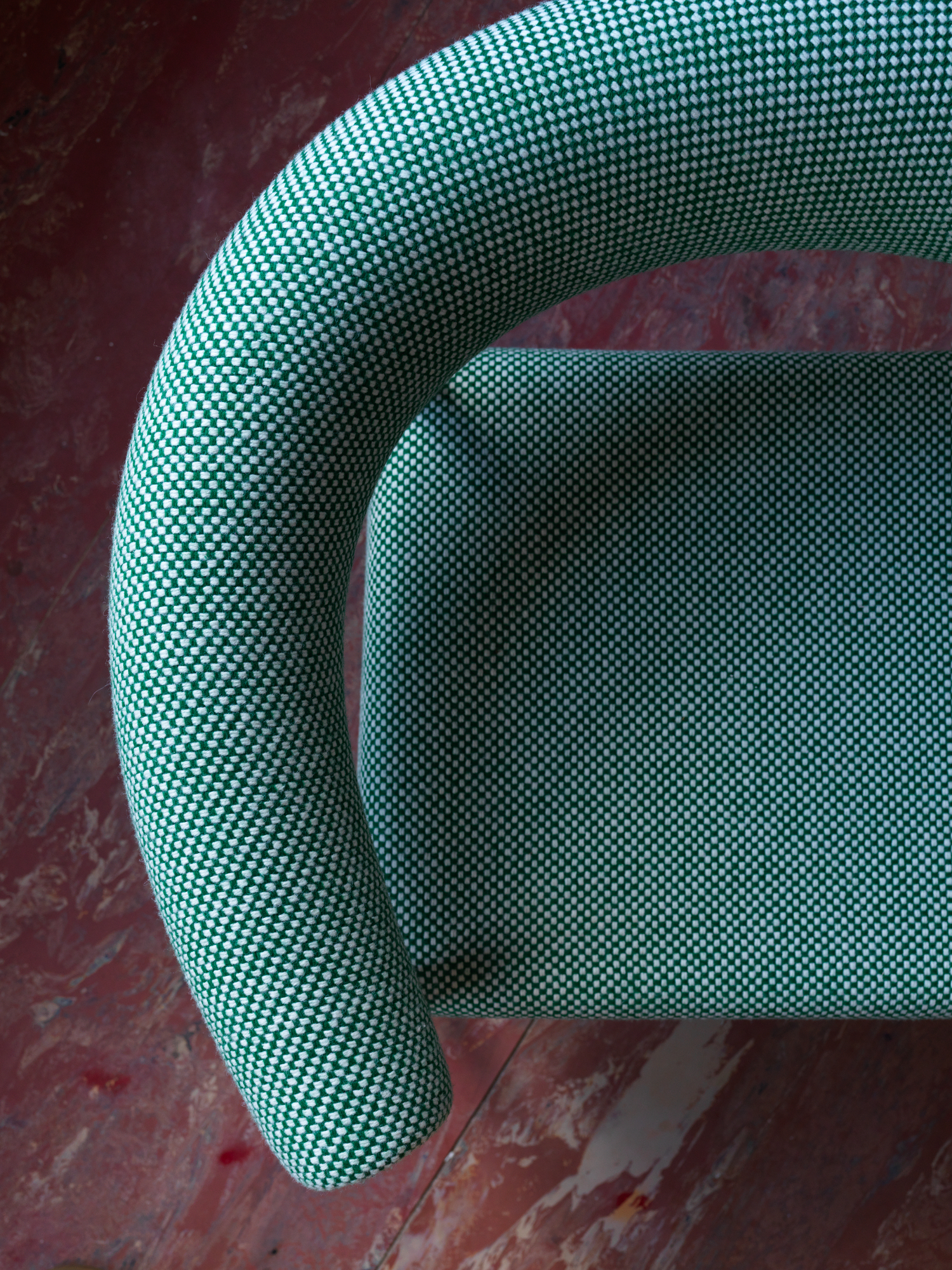
Kvadrat Sisu by Nanna Ditzel reinterpreted by Danh Vo, shown on Ditzel’s ‘Ring’ chair from 1958.
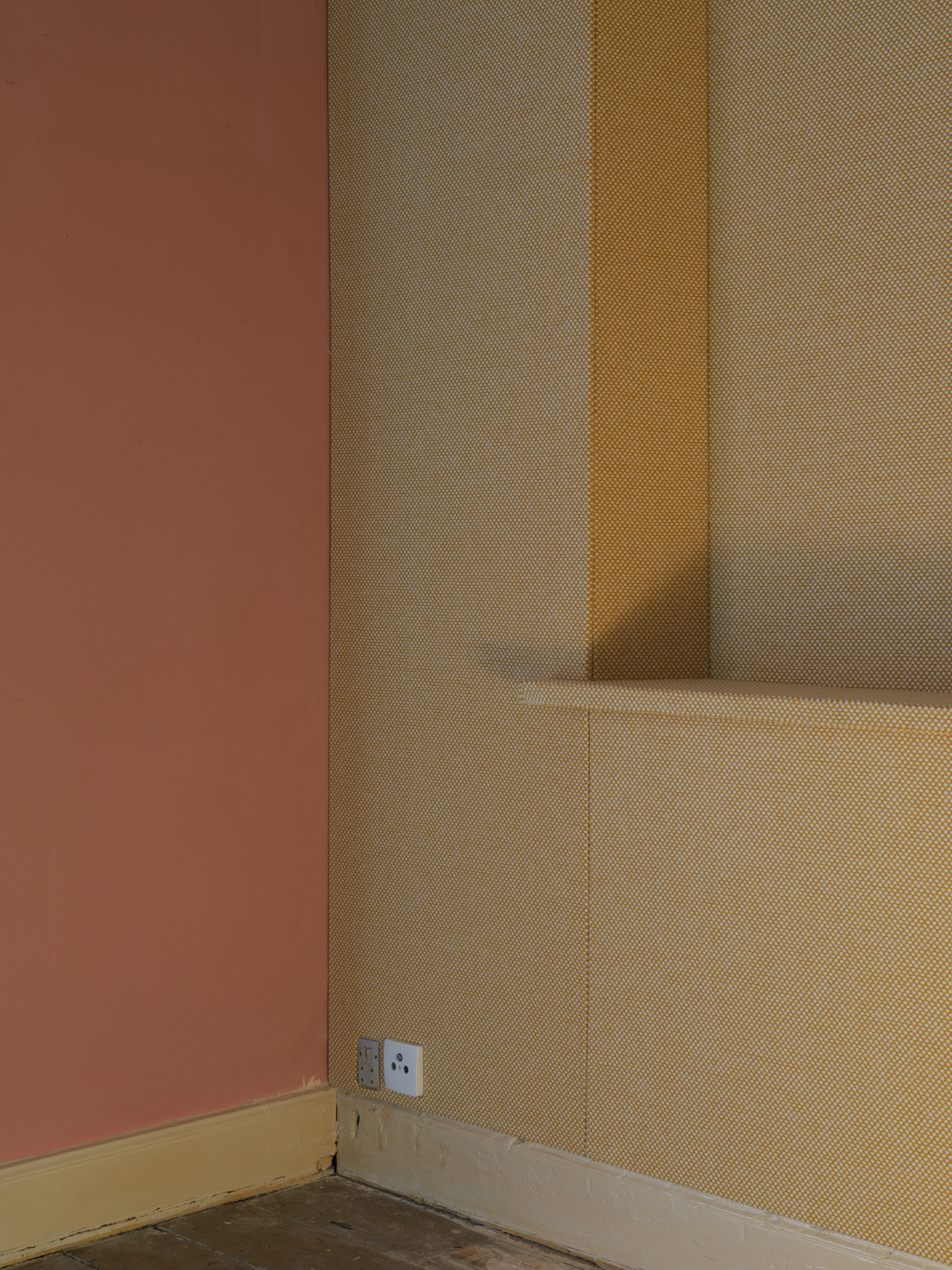
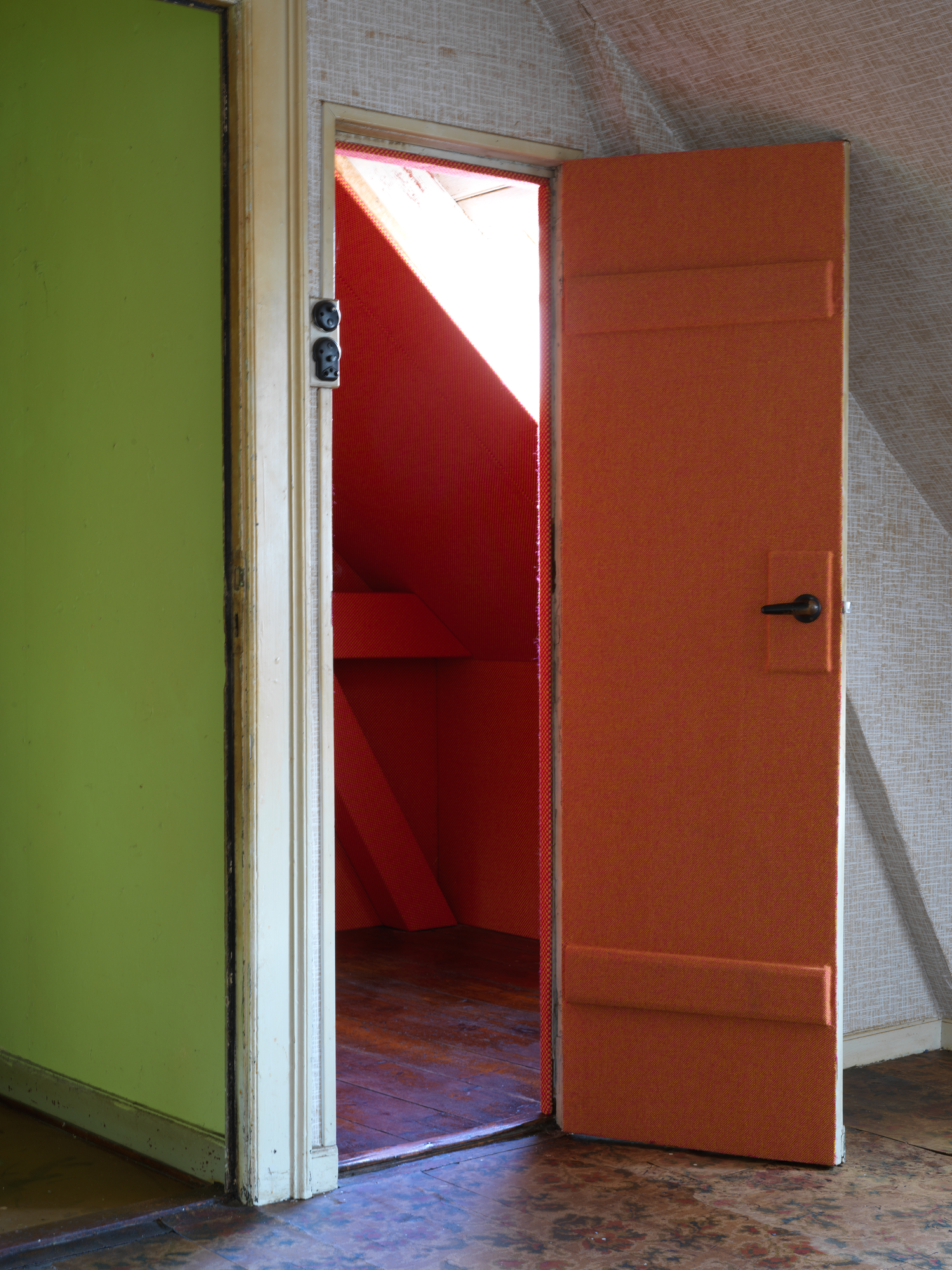


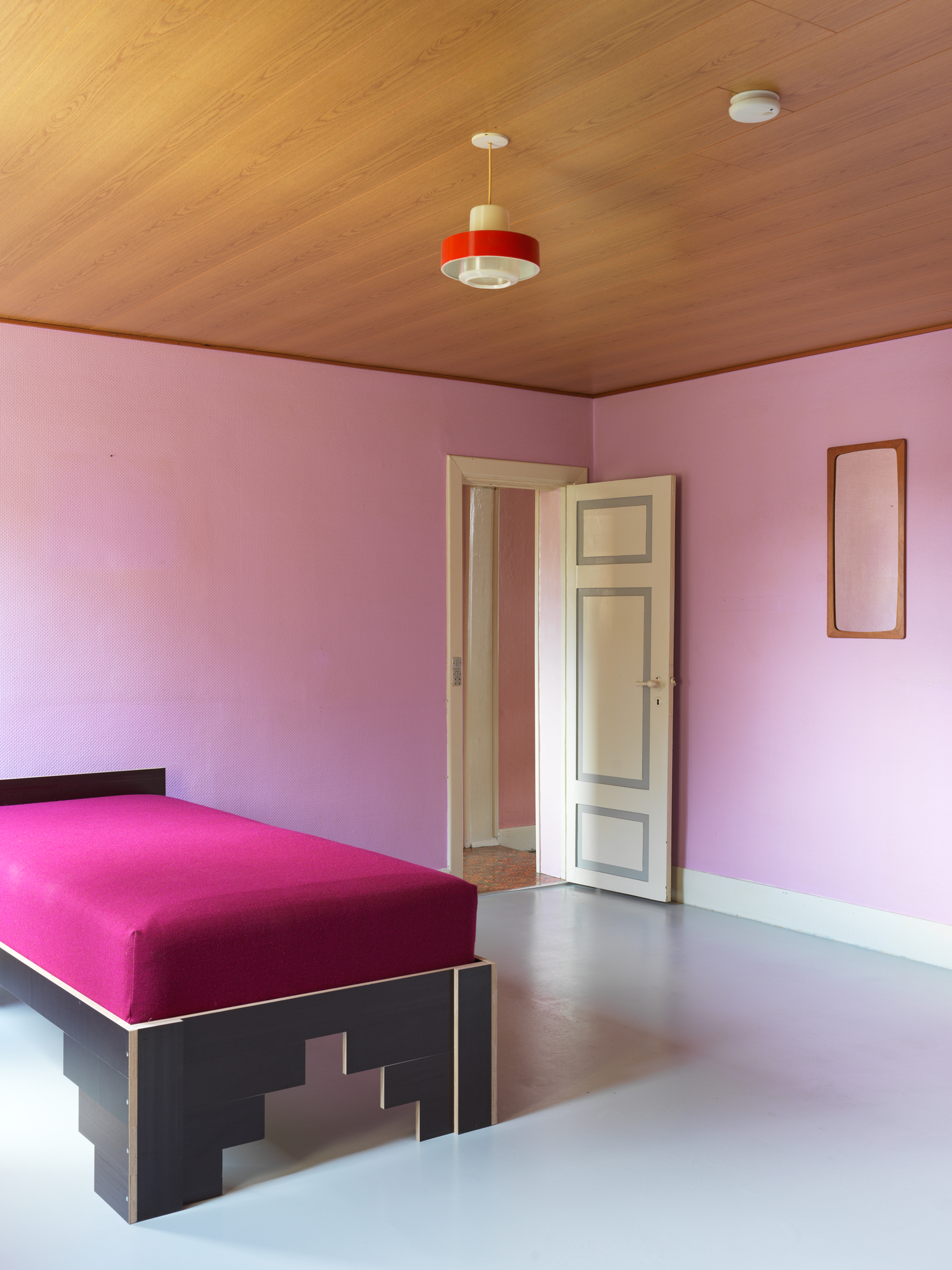
INFORMATION
Receive our daily digest of inspiration, escapism and design stories from around the world direct to your inbox.
-
 How We Host: Interior designer Heide Hendricks shows us how to throw the ultimate farmhouse fête
How We Host: Interior designer Heide Hendricks shows us how to throw the ultimate farmhouse fêteThe designer, one half of the American design firm Hendricks Churchill, delves into the art of entertaining – from pasta to playlists
-
 Arbour House is a north London home that lies low but punches high
Arbour House is a north London home that lies low but punches highArbour House by Andrei Saltykov is a low-lying Crouch End home with a striking roof structure that sets it apart
-
 25 of the best beauty launches of 2025, from transformative skincare to offbeat scents
25 of the best beauty launches of 2025, from transformative skincare to offbeat scentsWallpaper* beauty editor Mary Cleary selects her beauty highlights of the year, spanning skincare, fragrance, hair and body care, make-up and wellness
-
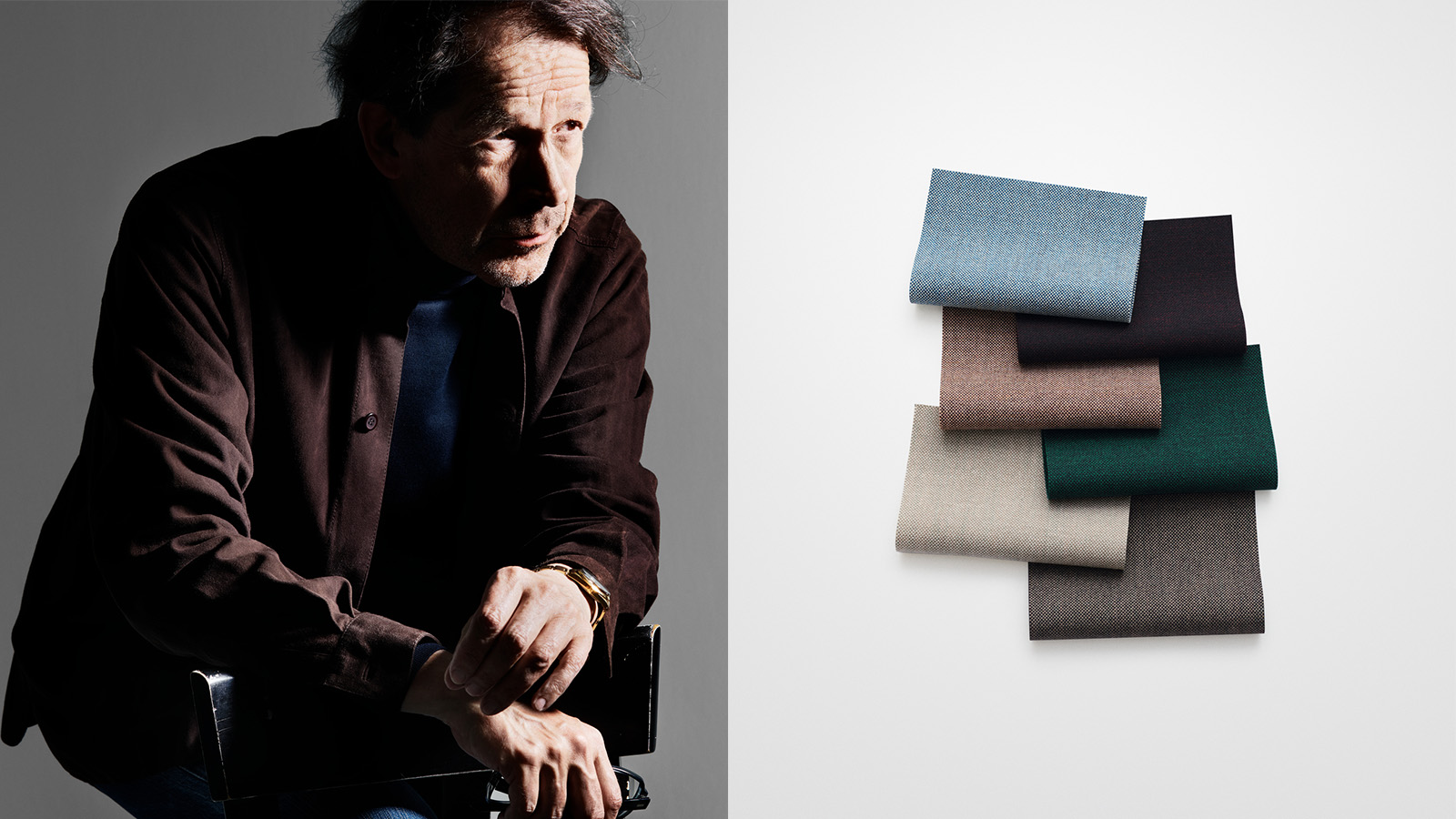 Kvadrat’s new ‘holy grail’ product by Peter Saville is inspired by spray-painted sheep
Kvadrat’s new ‘holy grail’ product by Peter Saville is inspired by spray-painted sheepThe new ‘Technicolour’ textile range celebrates Britain's craftsmanship, colourful sheep, and drizzly weather – and its designer would love it on a sofa
-
 Year in review: top 10 design stories of 2024
Year in review: top 10 design stories of 2024Wallpaper* magazine's 10 most-read design stories of 2024 whisk us from fun Ikea pieces to the man who designed the Paris Olympics, and 50 years of the Rubik's Cube
-
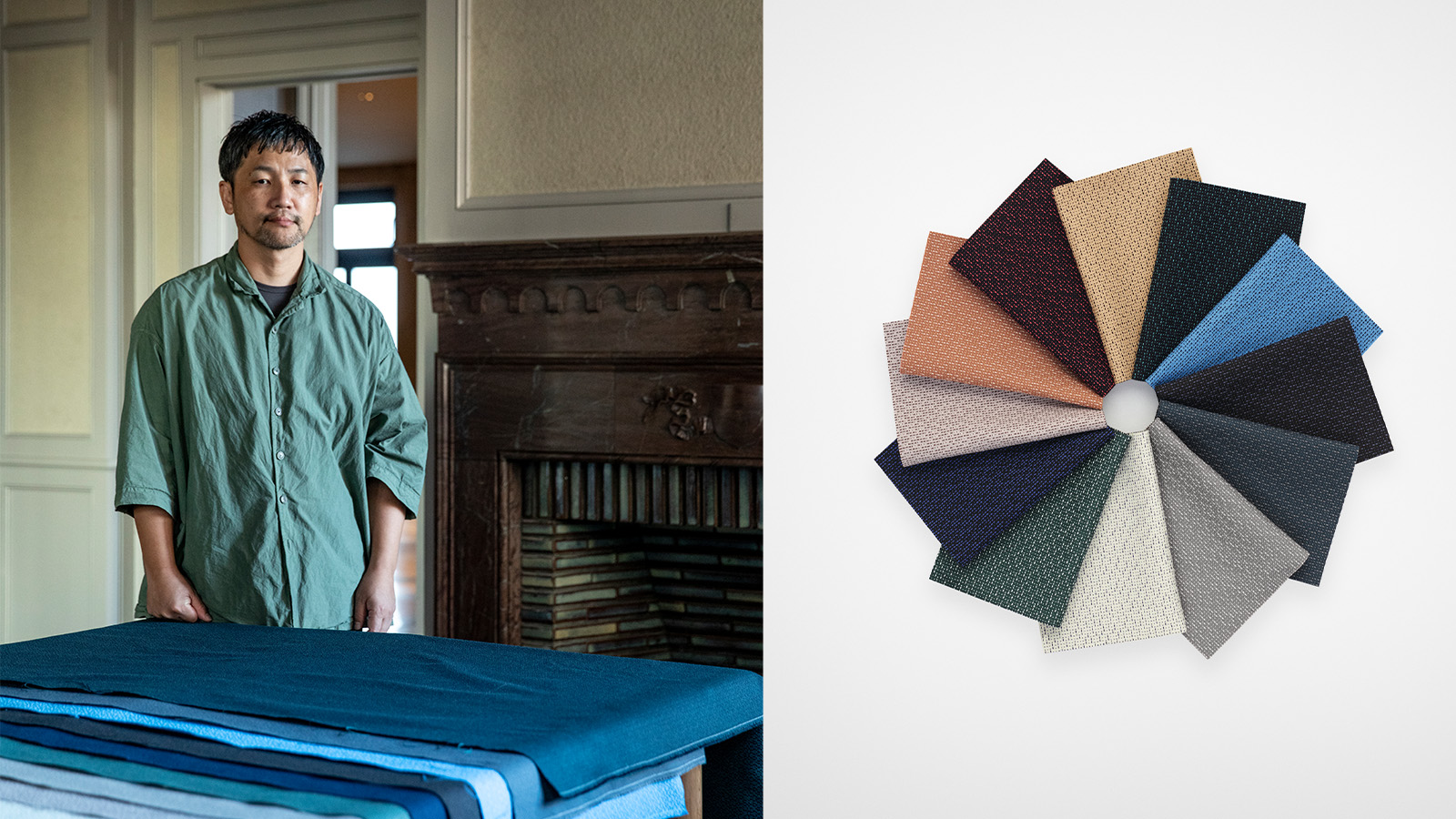 Teruhiro Yanagihara's new textile for Kvadrat boasts a rhythmic design reimagining Japanese handsewing techniques
Teruhiro Yanagihara's new textile for Kvadrat boasts a rhythmic design reimagining Japanese handsewing techniques‘Ame’ designed by Teruhiro Yanagihara for Danish brand Kvadrat is its first ‘textile-to-textile’ product, made entirely of polyester recycled from fabric waste. The Japanese designer tells us more
-
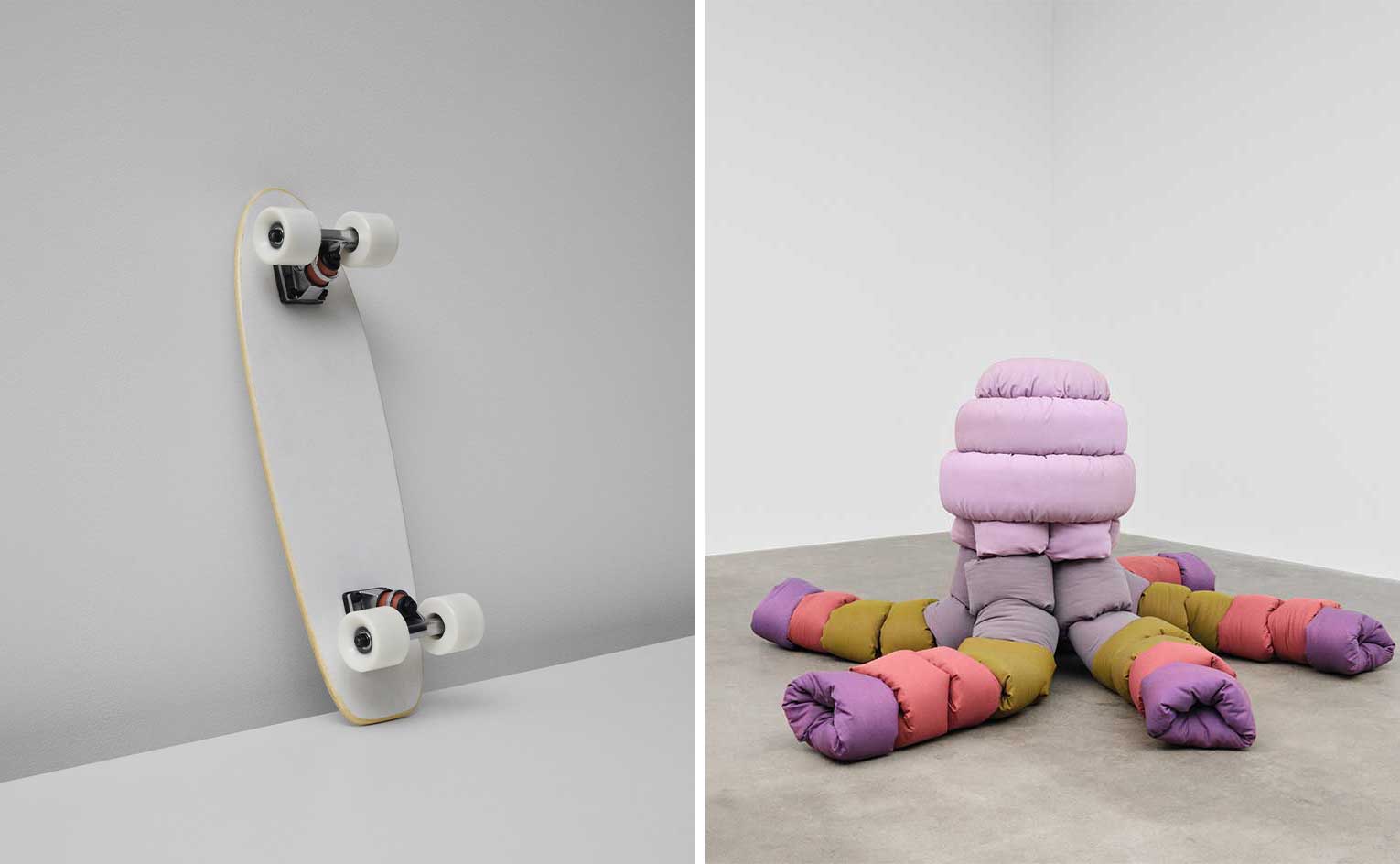 Skateboards, rocking horses and a giant octopus: Kvadrat invites designers to consider the potential of textiles
Skateboards, rocking horses and a giant octopus: Kvadrat invites designers to consider the potential of textilesThrough Kvadrat ReThink, 12 designers explore the meaning of responsible design through the Danish brand's library of recycled, regenerative, and circular materials
-
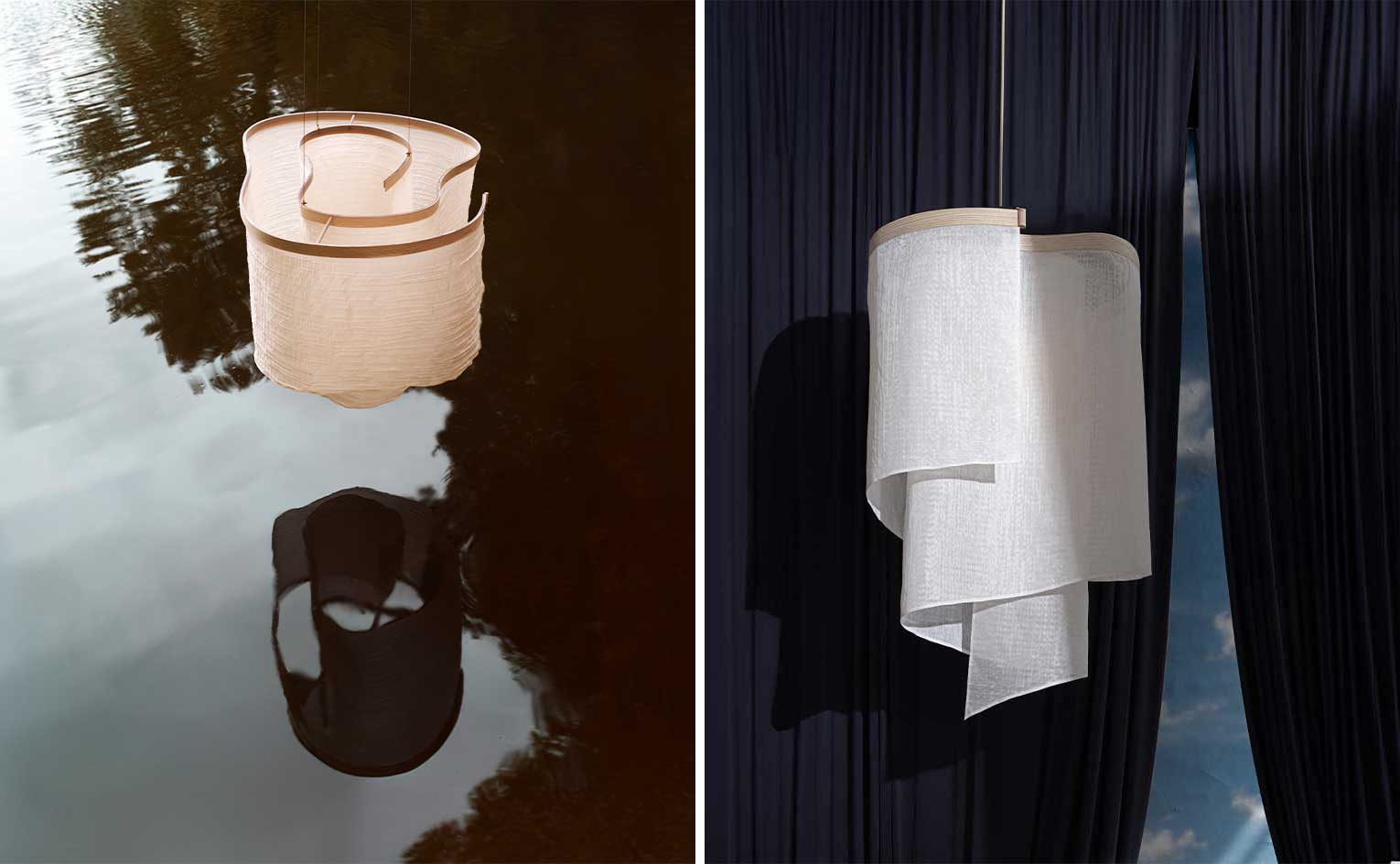 Lighting by Ladies & Gentlemen Studio is inspired by sunlight filtered through clouds
Lighting by Ladies & Gentlemen Studio is inspired by sunlight filtered through cloudsLadies & Gentlemen Studio launches new lighting collections at 3 Days of Design 2024 in Copenhagen, using textiles by Kvadrat and Sahco
-
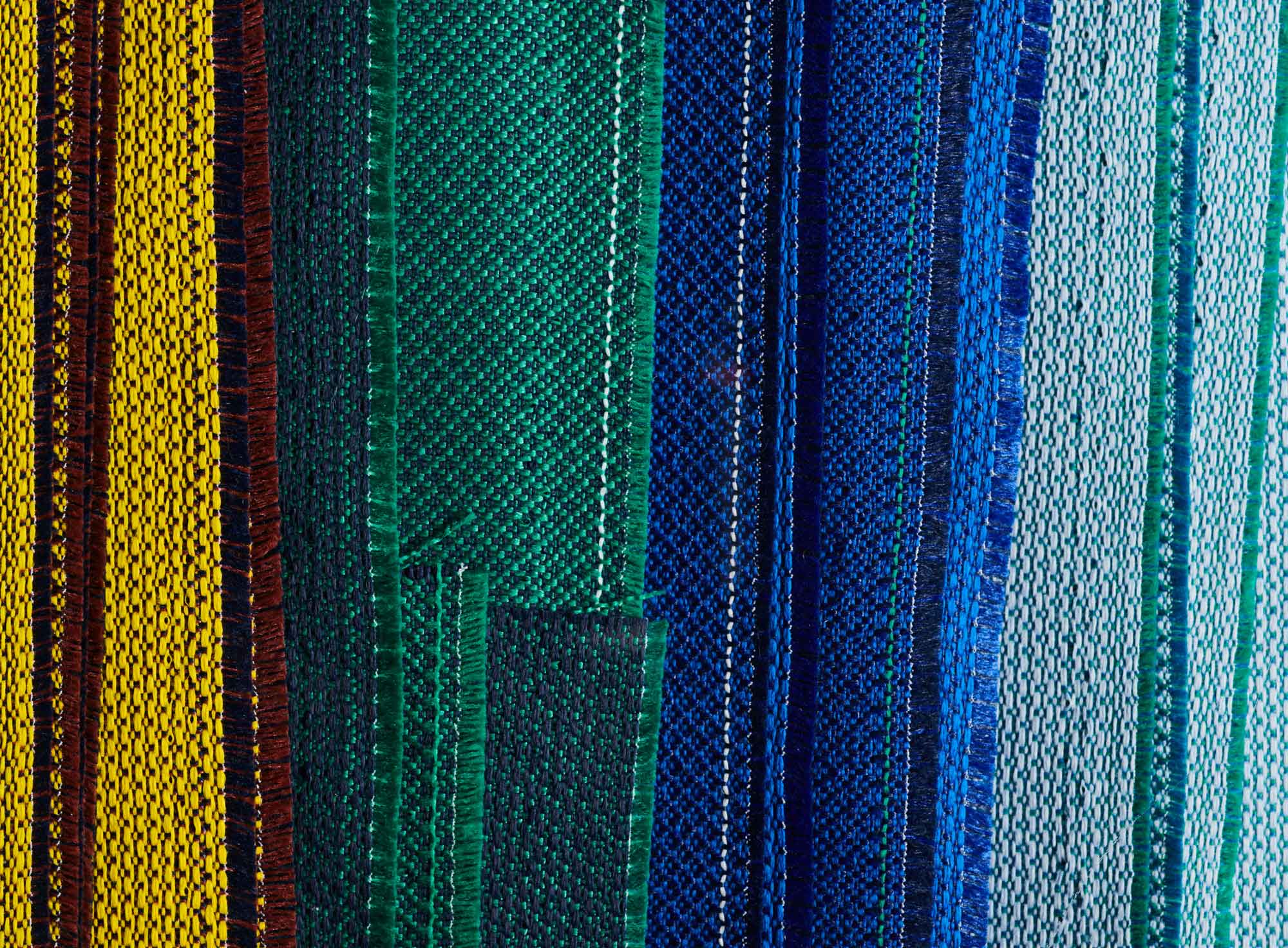 Patricia Urquiola and Kvadrat create the world’s first upholstery textile made of 100% ocean-bound plastic
Patricia Urquiola and Kvadrat create the world’s first upholstery textile made of 100% ocean-bound plasticNamed Best Recycled Material at the Wallpaper* Design Awards 2024, Patricia Urquiola’s Sport textile for Kvadrat was created in collaboration with Swiss specialist #tide
-
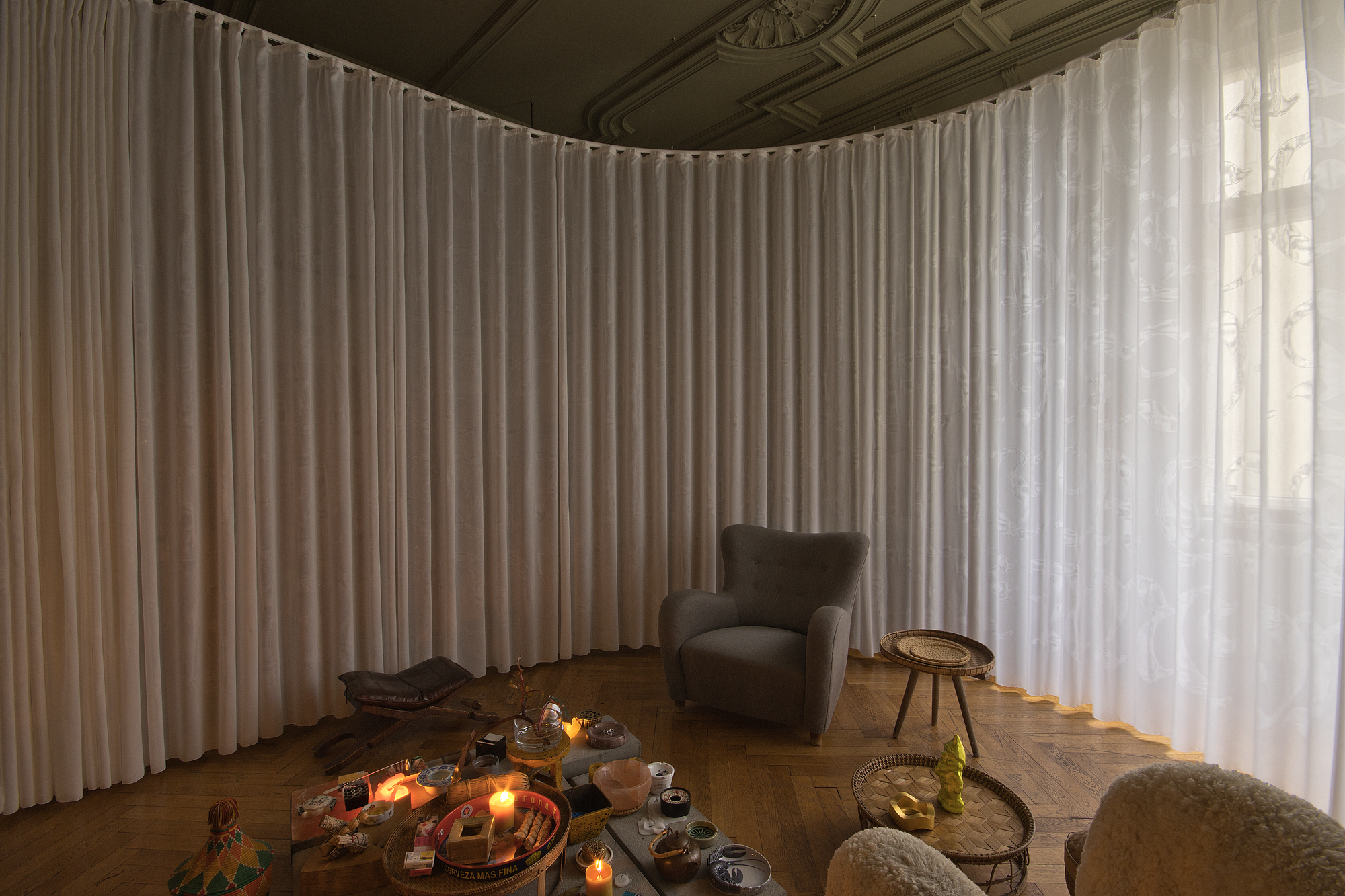 Dahn Vo presents his new Kvadrat curtains through an installation in his Berlin apartment
Dahn Vo presents his new Kvadrat curtains through an installation in his Berlin apartmentWe visit artist Dahn Vo's Berlin apartment to discover his 'Trapped in heaven' collection of Kvadrat curtains featuring translucent calligraphy
-
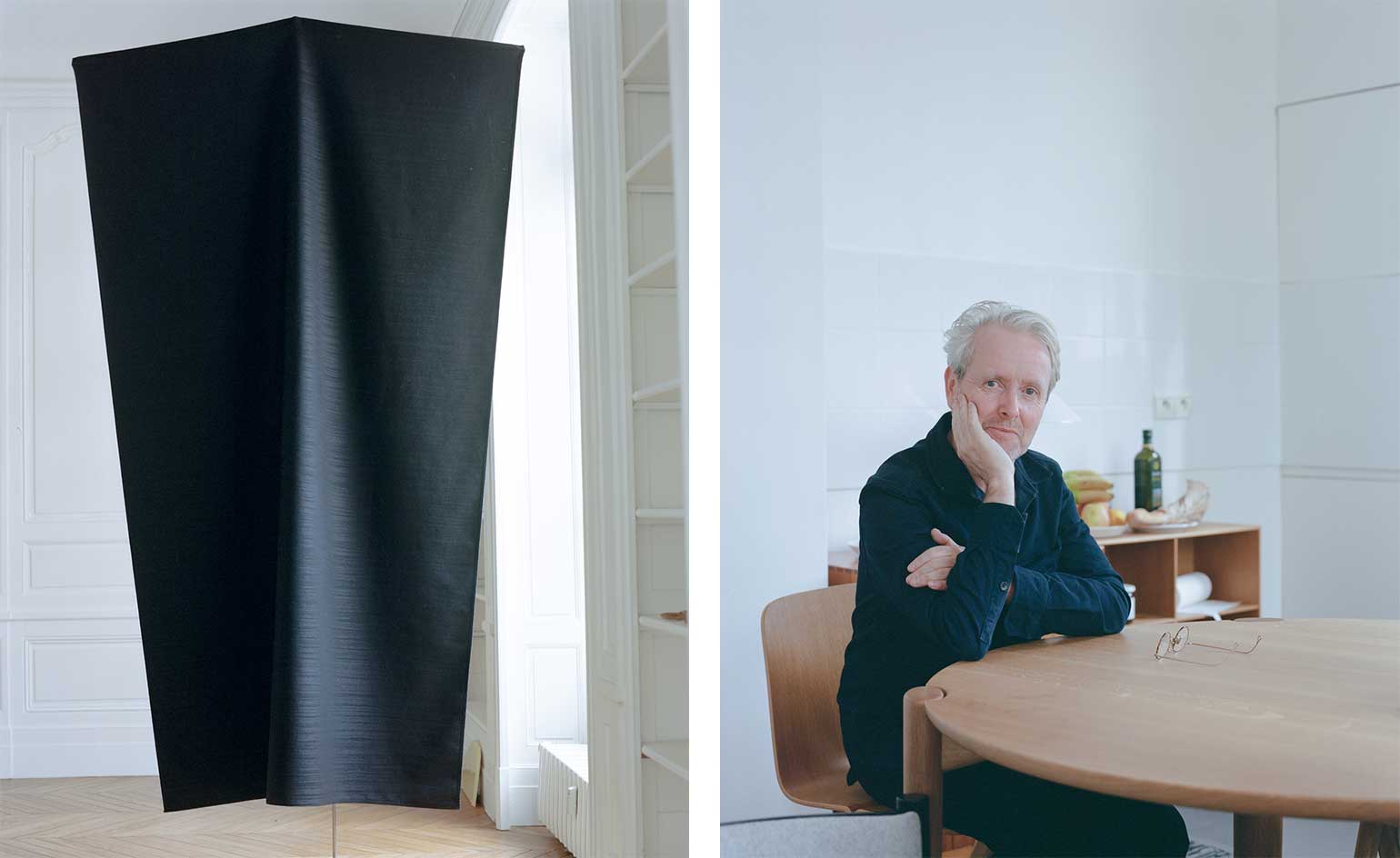 Ronan Bouroullec’s drawings become Kvadrat textiles
Ronan Bouroullec’s drawings become Kvadrat textilesDanish textile brand Kvadrat sees the power of Ronan Bouroullec's drawings, launching a new collection inspired by his sketches